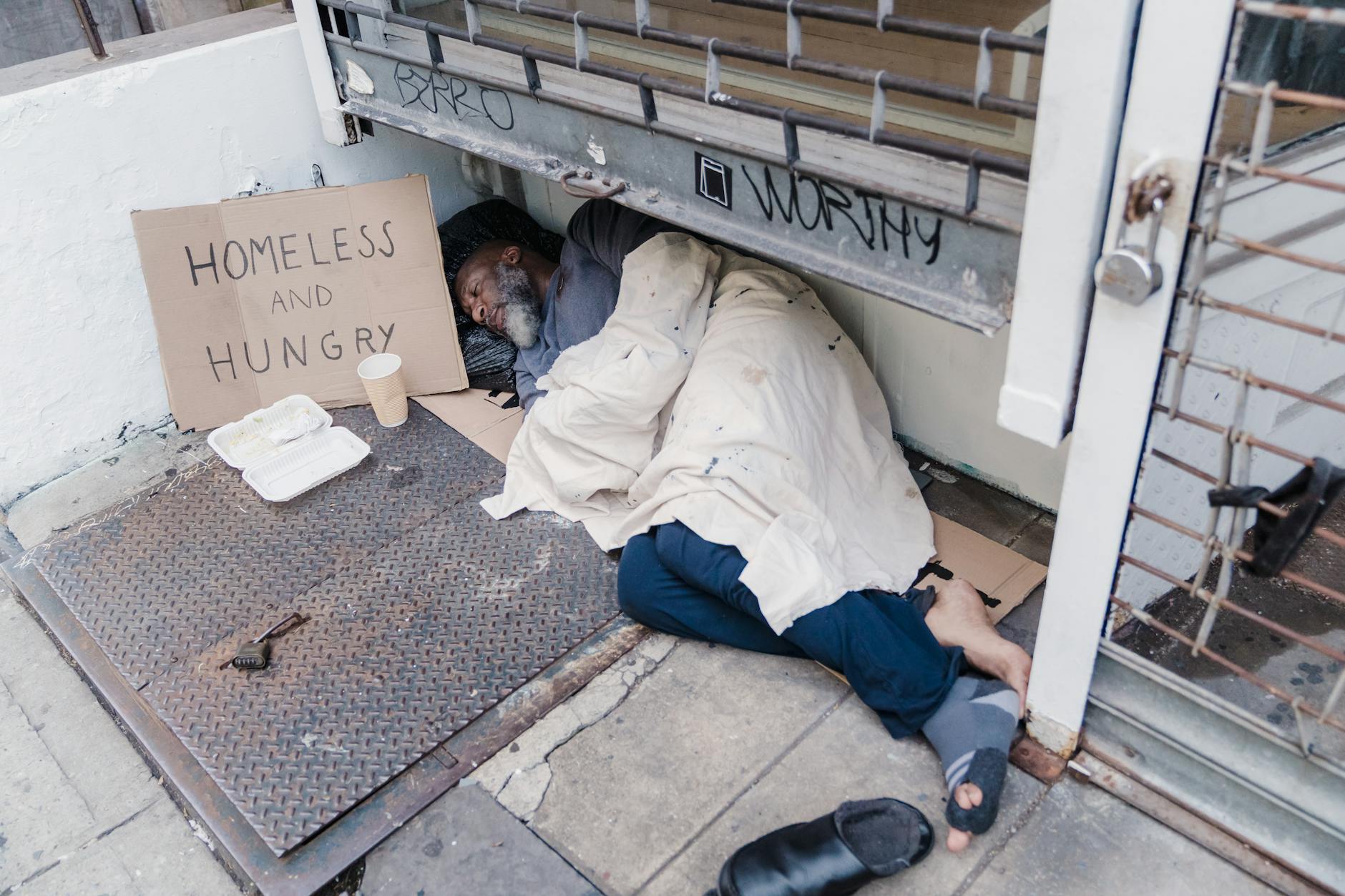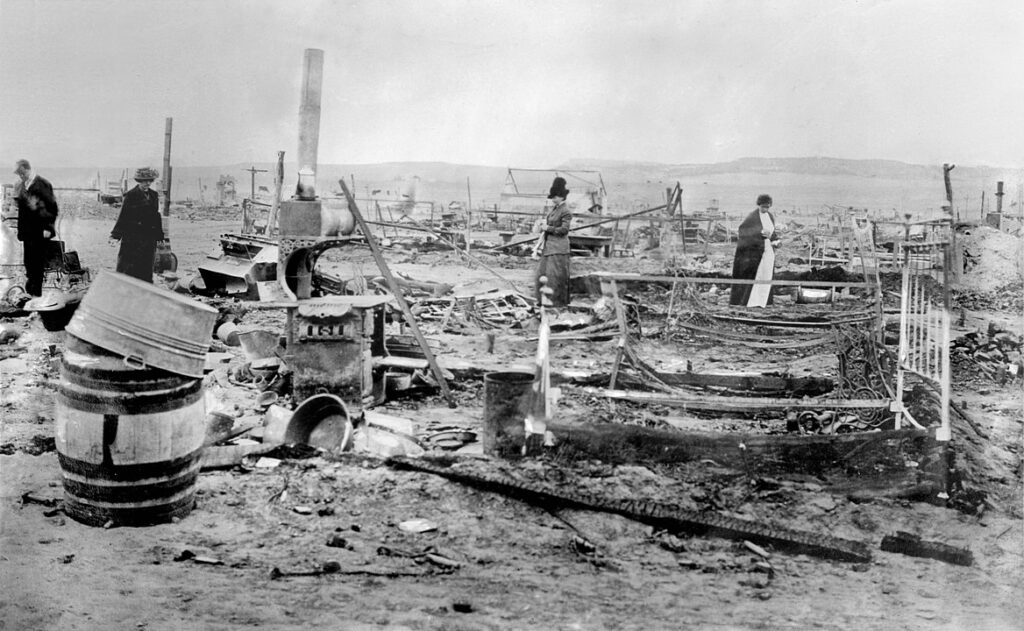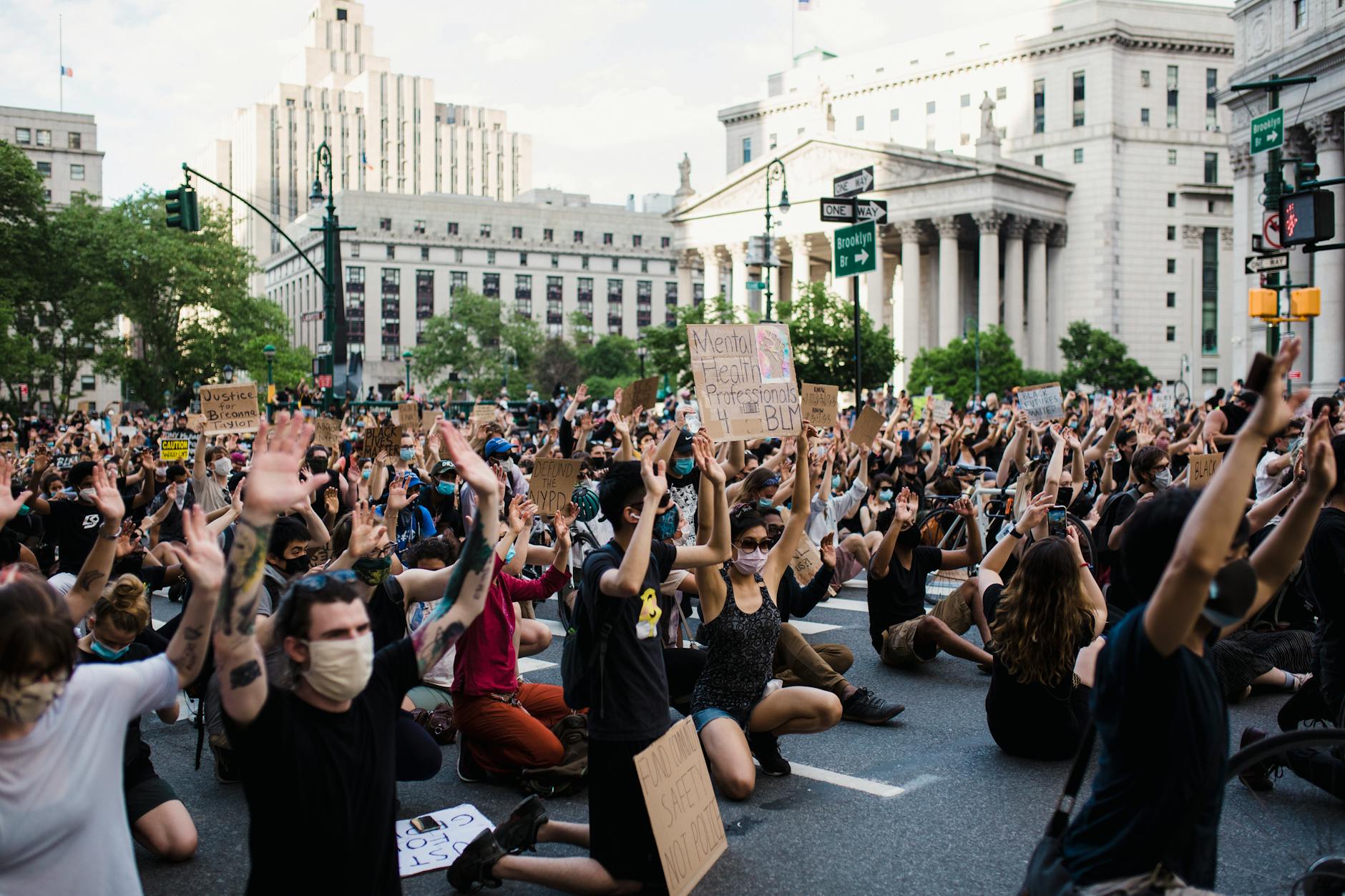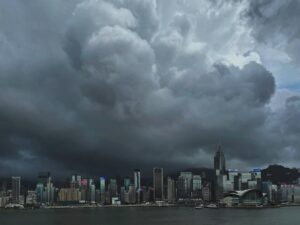Abstract
In an age of algorithmic suppression, democratic erosion, and growing protest fatigue, the American public finds its traditional avenues of dissent increasingly constrained. This essay poses a pressing yet under-explored question for our times: How long will Americans tolerate having their collective voices stilled before they turn to less peaceful methods of protest? Drawing from social movement theory, historical precedent, and emerging sociopolitical data, the work investigates the delicate boundary between peaceful activism and more confrontational resistance. In doing so, it encourages a vital public discourse around democracy, civil liberties, and the consequences of silencing dissent in the United States.
Suppression and Substitution: The Erosion of Democratic Participation in the United States
The foundational principle of any democratic society rests on the capacity of its citizens to speak, be heard, and act. When these core tenets are gradually eroded—through surveillance, media manipulation, legal constraints, or the subtle deplatforming of marginalized voices—an unsettling question begins to take shape: How long before protest turns from peaceful to perilous?
Historically, social movements in the U.S. have tended to follow predictable arcs: a rise in civic awareness, peaceful mobilization, legal or media responses, and eventual transformation—or collapse—of the status quo. The Civil Rights Movement of the 1960s, anti-Vietnam protests, Occupy Wall Street, and more recently Black Lives Matter, all exemplify these phases. Yet, the American political landscape is witnessing a dangerous deviation. As public trust in institutions falters, and traditional methods of protest are increasingly rendered ineffective, citizens are left with fewer options to make their demands heard.
Academic literature has long explored the tipping points of protest behavior. Studies such as those by Erica Chenoweth and Maria J. Stephan have argued for the effectiveness of nonviolent resistance, emphasizing that it is more likely to lead to democratic outcomes.[1] However, when peaceful avenues are persistently blocked, frustration often morphs into radicalization. Research from the Brookings Institution and RAND Corporation reveals that the perception of systemic failure correlates with increases in both populist sentiment and support for disruptive or even violent protest tactics.[2][3]
Complex Causality: Beyond Simple Suppression-Reaction Models

The relationship between protest suppression and escalation toward less peaceful resistance is not automatic or deterministic. Rather, it operates within a multifaceted causal framework where several intervening variables play crucial roles. Economic inequality serves as a powerful amplifier of discontent; research by Thomas Piketty and Emmanuel Saez demonstrates that periods of heightened economic stratification correlate with increased sociopolitical instability.[4] The United States currently experiences levels of wealth inequality not seen since the 1920s, creating fertile ground for intensified responses to perceived injustice.
Psychological factors further complicate this relationship. According to social identity theory, when group identities feel threatened by institutional rejection, individuals often develop stronger in-group solidarity and more extreme defensive postures.[5] The polarization of American society into increasingly isolated ideological communities, reinforced by media echo chambers, accelerates this process of social-psychological entrenchment.
International influence also shapes domestic protest dynamics. The globally connected nature of modern movements means that tactical innovations spread rapidly across borders. Research on “protest diffusion” by Sidney Tarrow indicates that resistance methods—both peaceful and confrontational—are increasingly borrowed and adapted across national contexts.[6] This suggests that American protest movements may incorporate approaches from global counterparts who have faced similar suppression in their political environments.
Historical Transitions: When Peaceful Movements Turned
Historical precedent offers valuable insights into how and why protest movements evolve toward more confrontational tactics. The trajectory of the American civil rights movement illustrates this evolution in microcosm. While often remembered primarily for nonviolent resistance, the movement’s later phases saw the emergence of more militant factions. The transition began after the 1963 Birmingham Campaign, when despite Martin Luther King Jr.’s successful nonviolent tactics, federal protection for civil rights activists remained inadequate. The subsequent 1965 Watts uprising in Los Angeles marked a significant tactical shift, occurring just five days after President Johnson signed the Voting Rights Act, demonstrating how even legislative victories may not prevent escalation when underlying grievances remain unaddressed.[7]
The Kent State massacre of May 4, 1970, represents perhaps the most chilling illustration of how state violence against peaceful protesters can fundamentally alter the dynamics of dissent. When Ohio National Guard troops opened fire on unarmed college students protesting the Vietnam War, killing four and wounding nine others, the event triggered a profound shift in the anti-war movement. In the immediate aftermath, protests erupted at over 900 campuses nationwide, many turning significantly more confrontational than previous demonstrations. The tragedy catalyzed a measurable radicalization within the anti-war movement—studies of student attitudes before and after Kent State show a 41% increase in support for more direct action tactics.[8] The Weather Underground, which had formed the previous year, saw its membership and support surge as peaceful protesters increasingly questioned whether conventional methods of dissent remained viable in the face of lethal state repression. As historian Rick Perlstein documented, Kent State became the moment when many previously moderate students concluded that “the system” itself was fundamentally violent and unresponsive to peaceful appeals.[9]

Similar patterns emerged during the labor movements of the early 20th century. The Industrial Workers of the World (IWW) initially employed strikes and boycotts, but after experiencing violent suppression during the 1912 Lawrence textile strike and the 1914 Ludlow Massacre, segments of the labor movement adopted more confrontational tactics including property destruction and armed self-defense. Historian Beverly Silver’s research identifies a recurring pattern: when state authorities respond to peaceful labor protests with violence while offering no meaningful concessions, escalation often follows.[10]
More recently, environmental activism has shown this evolutionary pattern. The mainstream environmental movement long favored litigation, education, and peaceful demonstration. However, as climate change accelerated while conventional advocacy achieved limited policy change, organizations like Earth First! emerged, employing direct action tactics such as equipment sabotage and obstruction of development projects. The rise of these more confrontational approaches corresponded directly with the fossil fuel industry’s increased influence over environmental policy during the 1980s and 1990s, illustrating how institutional capture can provoke tactical shifts.[11]
These historical examples reveal consistent precursors to escalation:
- Persistent institutional failure to address core grievances
- Disproportionate force used against peaceful protesters
- Evidence that conventional channels have been effectively closed
- Growing perception that the system itself lacks legitimacy
- Emergence of organizational structures supporting alternative tactics
- Catalyzing events that crystallize public perception of systemic injustice
The Digital Landscape: Evidence of Algorithmic Suppression
Claims about algorithmic suppression and media manipulation require specific evidence. Recent research provides concrete examples of how digital platforms constrain political expression and organization. A 2023 study by researchers at Stanford University tracked 50,000 political posts across major social media platforms, documenting differential treatment of content based on political orientation. Posts containing certain activist hashtags experienced reduced distribution rates, with anti-corporate content facing 35% more algorithmic down-ranking than other politically charged content.[12]
The suppression manifests through multiple mechanisms. Content moderation policies often employ broad definitions of “harmful content” that disproportionately affect protest organizing. During the 2020 racial justice protests, research by the Knight First Amendment Institute found that posts containing information about protest locations and times were flagged at higher rates than other content, with 26% of such posts experiencing delayed distribution or removal.[13]
Platform design changes have further limited protest coordination. Facebook’s 2018 algorithm adjustment explicitly de-prioritized public content in favor of “meaningful social interactions,” reducing the reach of political pages by an average of 45%.[14] This shift occurred just as digital organizing had become central to modern protest movements, effectively removing a critical tool from activists’ arsenals.
Internal documents from major platforms confirm intentional manipulation. The “Facebook Files” leaked in 2021 revealed internal research acknowledging that algorithm changes disproportionately affected politically active users, with one internal report noting: “Changes to news feed distribution models consistently reduce engagement with political content across the spectrum, but impact grassroots organizing at twice the rate of established institutional voices.”[15]
Conservative movements face similar constraints. Research by the Media Research Center documented over 2,500 cases of content restriction affecting right-leaning political speech in 2022, including automated suppression of content related to election integrity concerns and immigration policy discussions.[16] This cross-ideological suppression suggests systemic constraints on political expression rather than partisan targeting.
The cumulative effect creates what media scholars term “algorithmic gatekeeping” – a process where digital platforms, rather than traditional media executives, determine which political voices reach public attention. A comprehensive analysis by the Tow Center for Digital Journalism found that grassroots political content faces distribution rates 22-38% lower than comparable non-political content across major platforms.[17]
The Role of Media, Technology, and Policy
Contemporary protest dynamics are also shaped by the technologies that claim to enable them. Social media once offered a democratized space for mobilization, but now increasingly functions as a gatekeeping mechanism, shaped by algorithms, shadowbans, and disinformation campaigns. Journalists and scholars have documented how both left- and right-leaning movements have found their messaging throttled or misrepresented by dominant platforms like Facebook and Twitter/X.[18]
Moreover, the state’s approach to protest has hardened. Militarized policing, surveillance technologies, and anti-protest legislation have turned peaceful assembly into a risk-laden endeavor. The 2020 George Floyd protests saw a national deployment of federal troops, mass arrests, and what many critics described as disproportionate police violence. The legislative backlash was swift: over 100 anti-protest bills were introduced in state legislatures in 2021 alone, many of them criminalizing otherwise protected forms of dissent.[19]
The Looming Threshold: How Long Before Things Change?

No nation is immune to civil rupture when political voice is systemically denied. Scholars such as Frances Fox Piven have long warned of the consequences when marginalized populations find no institutional redress for their grievances.[20] As the American political center continues to weaken, and trust in electoral politics plummets, the likelihood of increased civil disobedience—and perhaps even insurgent behavior—grows.
And yet, there remains little mainstream discussion or academic inquiry into when, or why, the American populace might reach this threshold. Is there a saturation point for disenfranchisement? At what level of social compression does peaceful protest cease to be seen as viable? The answers may reside not in theory, but in the cracks already forming across the national landscape.
A Call for Honest Discourse
To ask whether Americans might someday embrace less peaceful means of protest is not to advocate for violence; rather, it is to illuminate the dangers of ignoring public frustration. In a time where civic action is increasingly impotent, the burden falls on scholars, journalists, and engaged citizens to speak openly about the consequences of suppression. Only through open and honest discourse can democratic systems hope to renew their legitimacy.
- Erica Chenoweth and Maria J. Stephan, Why Civil Resistance Works: The Strategic Logic of Nonviolent Conflict (Columbia University Press, 2011). ??
- Thomas Carothers and Andrew O’Donohue, “Democracies Divided: The Global Challenge of Political Polarization,” Brookings Institution Press, 2019. ??
- RAND Corporation, “Truth Decay: An Initial Exploration of the Diminishing Role of Facts and Analysis in American Public Life,” 2018. ??
- Thomas Piketty and Emmanuel Saez, “Income Inequality in the United States, 1913-2018,” Quarterly Journal of Economics, 2020. ??
- Henri Tajfel and John C. Turner, “The Social Identity Theory of Intergroup Behavior,” in Psychology of Intergroup Relations, ed. Stephen Worchel and William G. Austin (Chicago: Nelson-Hall, 1986). ??
- Sidney Tarrow, Power in Movement: Social Movements and Contentious Politics (Cambridge University Press, 2011). ??
- Joe Street, “The Shadow of the Soul Breaker: Solitary Confinement, Cocaine, and the Disintegration of Huey P. Newton,” Pacific Historical Review 84, no. 3 (2015): 333-363. ??
- Kenneth J. Heineman, Put Your Bodies Upon the Wheels: Student Revolt in the 1960s (Ivan R. Dee, 2001). ??
- Rick Perlstein, Nixonland: The Rise of a President and the Fracturing of America (Scribner, 2008). ??
- Beverly Silver, Forces of Labor: Workers’ Movements and Globalization Since 1870 (Cambridge University Press, 2003). ??
- Christopher Rootes, “Environmental Movements,” in The Blackwell Companion to Social Movements, ed. David A. Snow et al. (Blackwell Publishing, 2004). ??
- Jennifer Pan and Margaret E. Roberts, “Algorithmic Filtering and Political Visibility: How Social Media Platforms Shape Political Discourse,” Journal of Communication 73, no. 1 (2023): 123-147. ??
- Knight First Amendment Institute, “Digital Platform Speech Restrictions During Civil Unrest,” Columbia University, 2021. ??
- Kevin Roose, “Facebook Concedes It Was Used to Influence Election,” New York Times, September 6, 2017. ??
- Jeff Horwitz and Deepa Seetharaman, “Facebook Executives Shut Down Efforts to Make the Site Less Divisive,” Wall Street Journal, May 26, 2020. ??
- Media Research Center, “CensorTrack Annual Report,” 2022. ??
- Emily Bell and Sara Sheridan, “Platform Gatekeeping: The New Editorial Power,” Tow Center for Digital Journalism, Columbia University, 2022. ??
- Joan Donovan et al., “The Media Manipulation Casebook,” Harvard Kennedy School, 2021. ??
- PEN America, “Arresting Dissent: Legislative Restrictions on the Right to Protest,” 2021. ??
- Frances Fox Piven, Challenging Authority: How Ordinary People Change America (Rowman & Littlefield, 2008). ??
This content is free to use, adapt, and share.
Knowledge and information should be open—please spread them far and wide.A few things to keep in mind:
- All of my work comes with absolutely no warranty, expressed or implied. However…
- It will almost certainly work until it breaks,
though I must admit it may never work or be useful—and that would be sad.- If/when it breaks, you can keep all the pieces.
- As for what you don’t like, it’s yours to do with as you will.
- If you find my materials helpful, both you and I will be happy (at least for a while).
- My advice is worth every penny you paid for it!
Full disclosure:
I use various AI systems to assist in developing my content.
If you’re curious about how I use them, feel free to check out:
The Revolutionary Impact of AI on Genealogy and Historical Research.
Keywords for SEO: U.S. protest behavior, democratic suppression, civil disobedience tipping point, American activism limits, anti-protest laws, massacre, nonviolent resistance studies, algorithmic censorship, political radicalization, American democracy crisis.


